
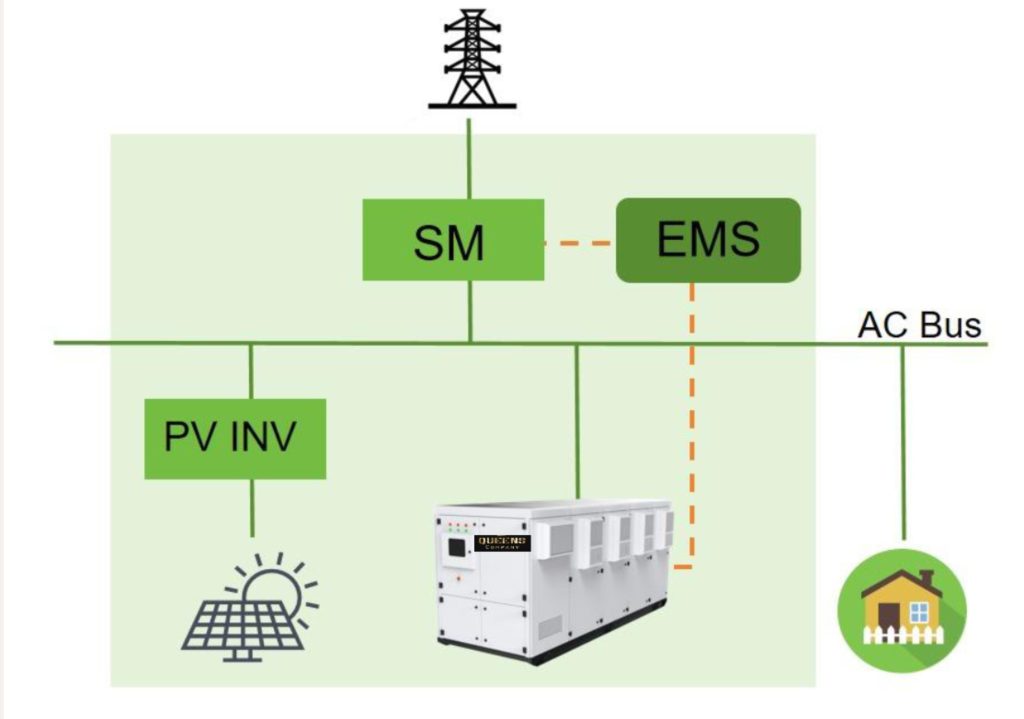
An intelligent comprehensive energy solution, which realizes the reasonable cooperation between wind, solar, energy storage battery, power grid, and diesel generator, makes scientific use of all kinds of mobile energy storage and provides users with green, low-cost, convenient, and high-quality power services.
What is Solar Energy Storage?
Grid Renewable Energy Storage Power Supply (GRES) is an intelligent and modular power supply equipment integrating lithium battery and PCS, which can have access to new energy, power grid, diesel generator to provide users with green, environmental protection, noise-free, high reliability, and high-security power services such as solar battery storage.
GRES Static Generator Key features
Safe and reliable
High-quality li-ion cell; Intelligent air cooling design, long service life;
IP54, safe and reliable operation in outdoor environment;
Serially designed PCS and battery pack eliminates circulating current and improves grid connected renewable energy system reliability. Integrated BMS, DC, AC multi-layer protection, maximum safety performance design.
Efficient and Convenient
No air conditioning design, high energy efficiency.
Modular design, easy for installation, maintenance and capacity expansion;
Easy access to PV and diesel generator;
Fixed on the ground or mounted on vehicle, can be loaded and unloaded by forklift and hoisted by lifting ring;
Remote monitoring and equipment management, remote troubleshooting and data analysis.
Cost optimization
One investment, multiple benefits: Peak shaving, backup power supply, micro grid building, power quality improving and great application in the solar battery energy storage system, etc.
Small size, light weight, less space and installation cost;
Long cycle life, low failure rate, reduce operation and maintenance investment;
Maximize green energy utilization.
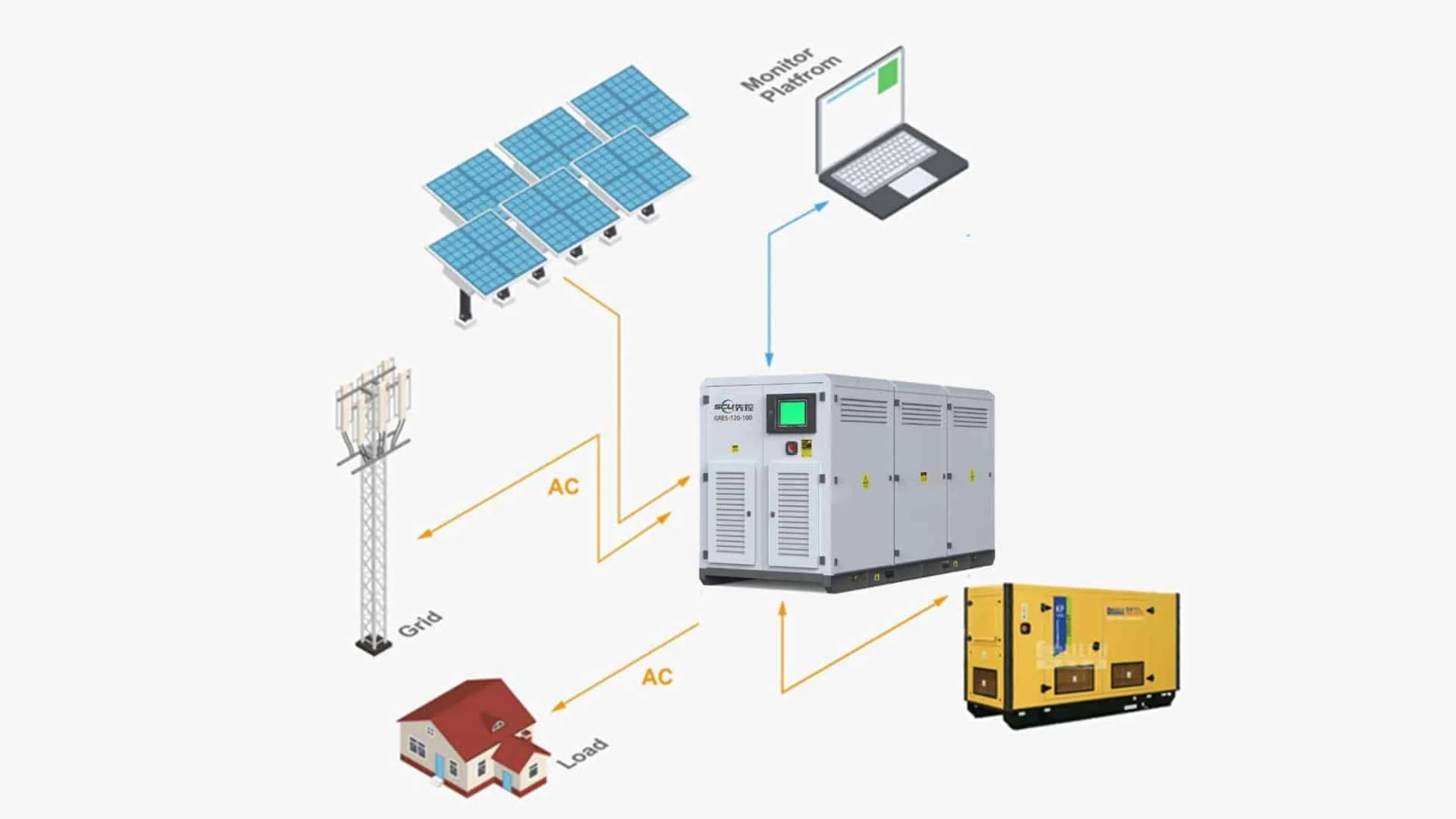
Application value of Solar Energy Storage
New energy integration
To realize the reasonable allocation of wind, solar and other new energy, solar electricity battery storage, energy storage battery and power grid.
Uninterruptible power supply
Mobile energy storage can operate in on-grid or off-grid to ensure uninterruptible power supply for key loads.
Price difference between peak and valley
Lithium can benefit from the price difference between peak and valley.
Improving power quality
Solar energy storage devices improve power factor, reduce voltage and current harmonics, adjust three-phase imbalance.
An Energy Storage System (ESS) serves as a crucial backup power solution, capable of integrating seamlessly with hybrid solar systems, grid connections, photovoltaic (PV) installations, and diesel generators. Our specialized offerings include user-side commercial and industrial Battery Energy Storage Systems (BESS) designed for a variety of applications, including:
Factory Solutions:
Tailored ESS solutions for factories, ensuring uninterrupted power supply to maintain operations and enhance energy resilience.
Villa Energy Storage:
Residential ESS configurations for villas, providing reliable backup power and optimizing energy consumption for homeowners.
Solar Farm Integration:
ESS solutions for solar farms, enhancing the stability and efficiency of renewable energy generation while mitigating grid dependencies.
Island Power Systems:
Customized ESS setups for islands, offering sustainable and independent power solutions to support the unique energy needs of island communities.
RTG (Rubber-Tired Gantry) Operations:
ESS solutions tailored to support RTG operations, ensuring consistent and efficient power supply for port and logistics applications.
Data Center Power Backup:
Reliable ESS configurations for data centers, providing backup power to safeguard critical information and maintain seamless operations.
At QueenSolar, we are dedicated to delivering high-performance and scalable ESS solutions, contributing to energy sustainability and providing peace of mind in diverse operational settings. Our commitment lies in empowering businesses and communities with resilient and efficient energy storage capabilities.
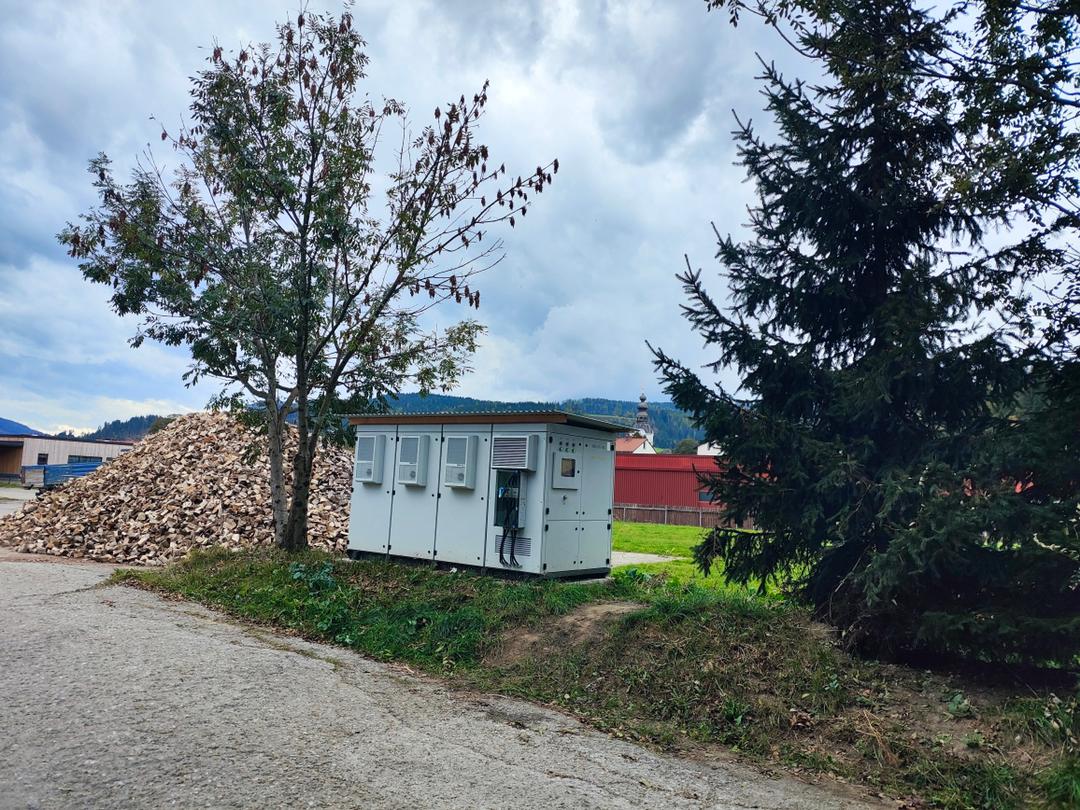
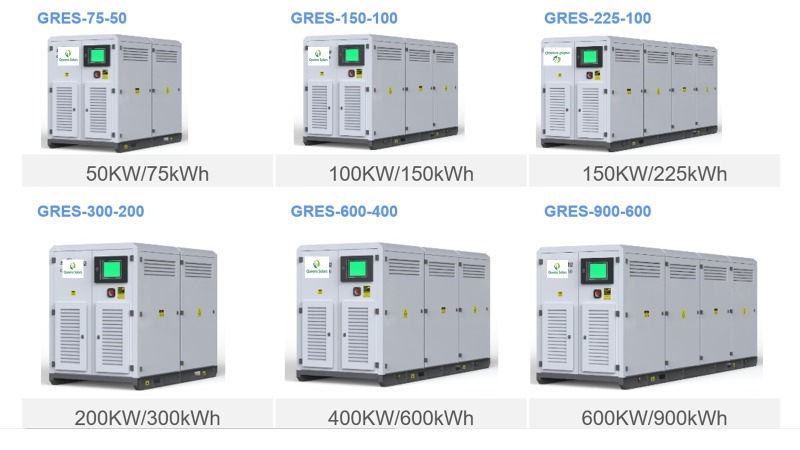
Specifications of battery energy storage system
| model | GRES-75-50 | GRES-150-100 | GRES-225-150 |
| AC parameter (on-grid) | |||
| Rated output power (kW) | 50 | 100 | 150 |
| Rated current (A) | 75 | 151 | 227 |
| Rated voltage (V) | 3W+N+PE, 380 | ||
| Grid voltage range | -15%~10% | ||
| Rated grid frequency (Hz) | 50/60 | ||
| Grid frequency range (Hz) | ±2 | ||
| THDI | <3%(At rated power) | ||
| Power factor | >0.99 | ||
| Adjustable range of power factor | ±1 | ||
| Overload ability | 1.05 | ||
| AC parameter (off-grid) | |||
| Rated output power (kW) | 50 | 100 | 150 |
| Rated current (A) | 75 | 151 | 227 |
| Rated voltage (V) | 3W+N+PE, 380 | ||
| THDV | <3%( linear load) | ||
| Rated frequency (Hz) | 50/60 | ||
| Overload ability | 105% | ||
| Battery | |||
| Cell type | Lithium iron phosphate LiFePO4 | ||
| Battery pack capacity (kWh) | 5 | 10 | 15 |
| Battery system capacity (kWh) | 76.8 | 153.6 | 230.4 |
| Running time(h) | 1 (Change battery pack qty. to option other time) | ||
| Battery life span | 25℃ 0.5C/0.5C EOL80% ≥2000times | ||
| Basic parameter | |||
| On and off grid switching device | STS | ||
| Operate altitude (m) | 4000(>2000 derating) | ||
| Display | Touch screen | ||
| Communication interface | RS485、CAN、LAN | ||
| Communication protocol | Modbus-RTU、Modbus-TCP、CAN2.0B | ||
| Size (W*D*H)mm | 1300*1540*1600 | 1300*2300*1600 | 1300*3060*1600 |
Application value of Solar Energy Storage
New energy integration
To realize the reasonable allocation of wind, solar and other new energy, solar electricity battery storage, energy storage battery and power grid.
Uninterruptible power supply
Mobile energy storage can operate in on-grid or off-grid to ensure uninterruptible power supply for key loads.
Price difference between peak and valley
Lithium can benefit from the price difference between peak and valley.
Improving power quality
Solar energy storage devices improve power factor, reduce voltage and current harmonics, adjust three-phase imbalance.
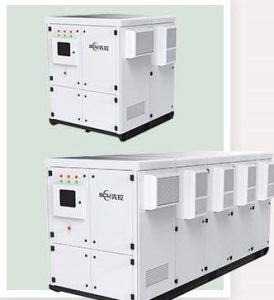
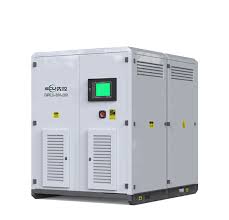
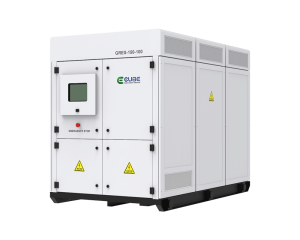
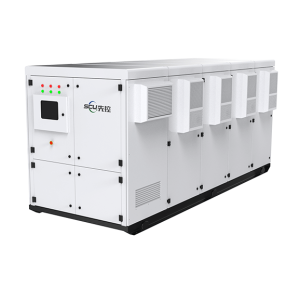
Lithium ion battery for solar inverter
Lithium ion battery is widely used in PV solar as energy storage system with the solar inverter.
The li ion battery management system consists of rack battery modules, battery management system (BMS), display control system, and protection system. 2 level BMS design, hierarchical linkage, and multiple monitoring of system status. Relay, fuse, circuit breaker, and BMS constitute a comprehensive protection system integrating electrical safety and functional safety.
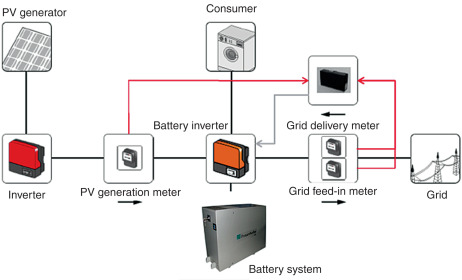
How to build a lithium ion battery pack?
The smart lithium ion battery pack adopts top 5 LiFePo4 cell, which reduces the possibility of cell damage caused by mechanical damage on the cell surface and improves the safety performance of the product. The explosion-proof valve on the top ensure that in any extreme case (such as internal short circuit, battery overcharge, and over discharge), a large amount of gas quickly accumulated in the cell can be discharged through the riot valve, which highly improves safety.
Lithium ion battery for UPS
Compared with lead-acid batteries, lithium ion batteries have obvious advantages in terms of capacity, volume, temperature range, and service life. Using bms of lithium ion batteries as a UPS backup energy source can greatly improve system performance. Rack-mounted UPS integrates power electronic technology and digital control technology and perfectly integrates structural design and lithium battery modules. It is superior to traditional UPS power supplies in terms of size, layout, operation and maintenance, safety, and service life, and can satisfy users’ integrated installation Requirements.
Main Advantages of Lithium Battery System

Starting from Industry leading LFP battery cells, Safety cell materials, top level manufacturing technique, Muti-angle of BMS protection, battery management system module extra insulation and thermal design.
We pursues every possibility to improve battery management system lithium ion product safety.

Benefits from bms lithium battery cell high reliability and life cycle.
Sicon advanced Active Equalization BMS further ensured bms lithium ion battery cells consistency and long service life.
With high energy efficiency UPS and ESS projects will have more advantages in cost per kWh in the whole life cycle.

Sicon creative technology – Bi-Directional Active Equalization BMS Fulfilled with 3 levels architecture ,providing accurate and efficient management.Maximize the whole battery system efficiency and life cycle.
Meanwhile the upper level of BMS can communicate with UPS/PCS via CAN/ RS485 protocols to accomplish many smart strategy and operation mode Accomplish maintenance free for customer as far as possible
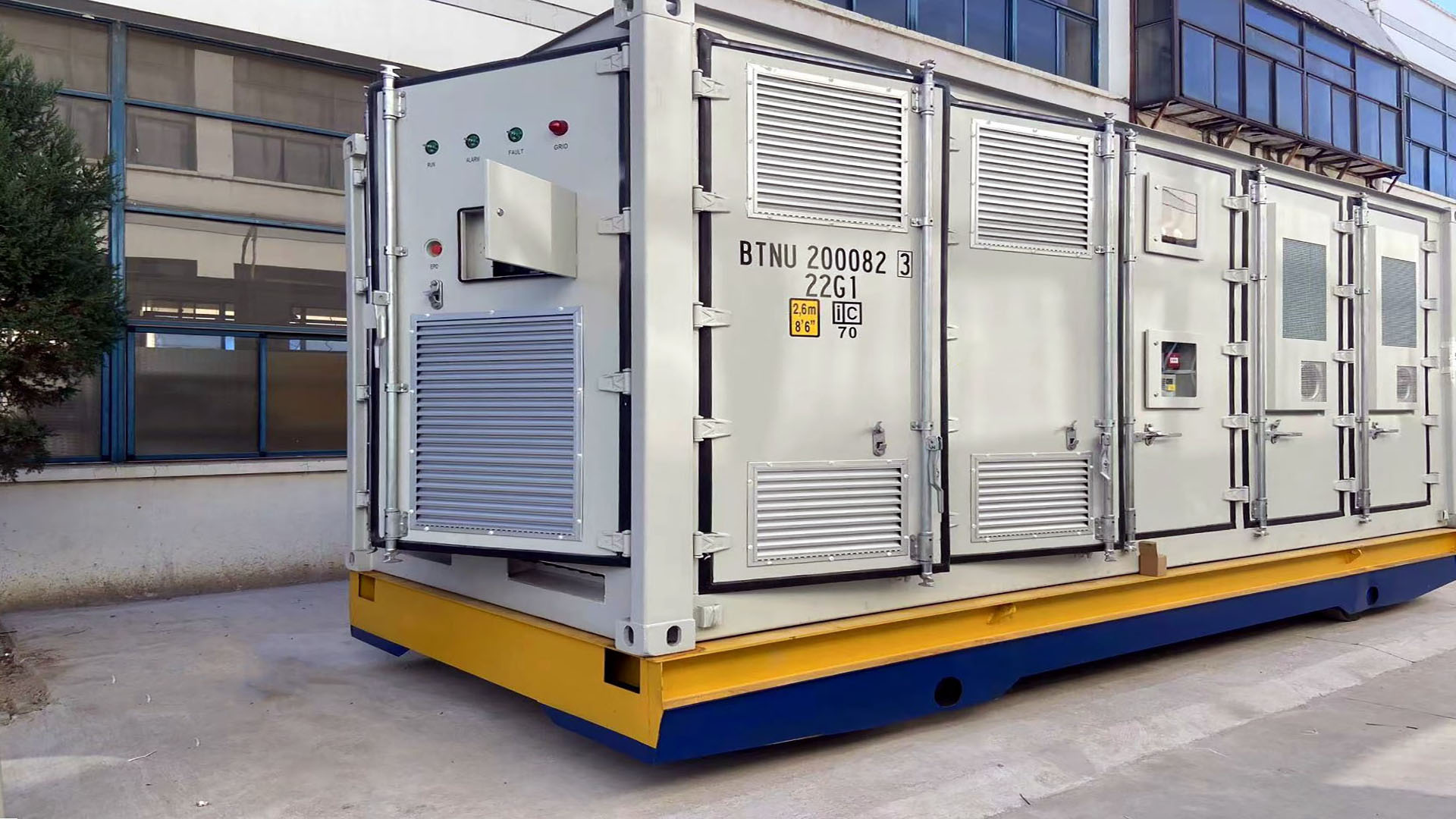
What is energy storage container?
Queens uses standard battery modules, PCS modules, BMS, EMS, and other systems to form standard containers to build large-scale grid-side energy storage projects. The standardized and prefabricated design reduces user customization time and construction costs and reduces safety hazards caused by local installation differences and management risks. It meets the application needs of regional power grid peak shaving, frequency regulation, voltage regulation, emergency response, new energy consumption, etc., and ensures the normal operation of the power system.

Adding Containerized Battery Energy Storage System (BESS) to solar, wind, EV charger, and other renewable energy applications can reduce energy costs, minimize carbon footprint, and increase energy efficiency. Get ahead of the energy game with Queens Solars 500kwh-2Mwh
Commercial & Industrial storage
Reduced energy costs in areas with big peak-to-valley price differences or negative prices.
Microgrid system
Solar, storage and diesel generator combined microgrid used in areas without electricity.
Solar Storage Charging
Integrate solar, storage, and charging stations to provide more green and low-carbon energy.
Mobile power supply
On the construction site, there is no grid power, and the mobile energy storage is used for power supply.
Backup Power
During a power outage, stored electricity can be used to continue operations without interruptions.
| Model | ZESS645K-300 | ZESS1075K-300 | ZESS2580K-600 | |
| Parameters | Rated power | 645kwh | 1075KWh | 2.58MWH |
| Configuration | 3 Sets 768V280AH BESS | 5 Sets 768V280AH BESS | 12 Sets 768V280AH BESS | |
| voltage | 768V | |||
| Working voltage range | DC672V~DC876V (2.8V~3.65V) | |||
| Battery type | LFP | |||
| PCS parameters | ||||
| AC grid-connected parameters | Output line | 3W+N+PE/3W+PE | ||
| Rated power | 300kw | 500KW | 600kw | |
| Rated voltage | AC 380V/400V | |||
| Rated Current | 454A | 758A | 909A | |
| Voltage range | -15%~+10% | |||
| Rated frequency | 50Hz/60Hz | |||
| Frequency range | ±2Hz | |||
| Power factor | 1 | |||
| Output harmonics | ≤3% | |||
| AC off-grid parameters | Output line | 3W+N+PE/3W+PE | ||
| Rated power | 300kw | 500KW | 600kw | |
| Rated voltage | AC 380V/400V | |||
| Rated frequency | 50Hz/60Hz | |||
| Rated Current | 454A | 758A | 909A | |
| Voltage accuracy | 1% | |||
| Frequency accuracy | ±0.2Hz | |||
| Output voltage harmonics | 3% liner full load | |||
| Unbalanced load capacity | 100% | |||
| Overload capacity | (105%) :continuous operation;;(105%~120%):10min;(120%):stop operation; | |||
| Basic Patameters | ||||
| Environment | Working temperature | -20℃~55℃(>45℃derating) | ||
| Storage temperature | -20℃~60℃ | |||
| Relative humidity | 0%RH~95%RH, No condensation | |||
| Working altitude | @45℃,2000m;2000m~4000m Derating | |||
| Noise | <75dB | |||
| others | Dimension W*D*H | Basic Parameters | ||
| Isolation | Isolation Transformer | |||
| Protection | IP54 | |||
| Cooling | Air cooling, intelligent fan regulation | |||
| Maximum efficiency | 98.5%(without Isolation Transformer) | |||
| Fire control | Heptafluoropropane | |||
| Dimension | 3000*2438*2591mm | 6096*2438*2591mm | 12196*2438*2591mm | |
Safe and reliable
Maximum safety utilizing the safe type of LFP battery (LiFePO4) combined with an intelligent 3-level battery management system (BMS); Module built-in fire suppression measures, intelligent container level fire suppression system, hierarchical linkage, multi-layer protection; IP54 protection cabinet, safe and reliable operation in harsh environments.
Intelligent and efficient
Efficient, digital, and intelligent energy management system (EMS) architecture design; 0.5C charging and discharging rate; Fault prediction, identification, and rapid location; Plug&Play lithium-ion battery storage container; Various usage scenarios of on-grid, off-grid, and micro-grid.
Highly integrated
All-in-one containerized design complete with LFP battery, bi-directional PCS, isolation transformer, fire suppression, air conditioner and BMS;
Modular designs can be stacked and combined. Easy to expand capacity and convenient maintenance; Standardized 10ft, 20ft, and 40ft integrated battery energy storage system container.
